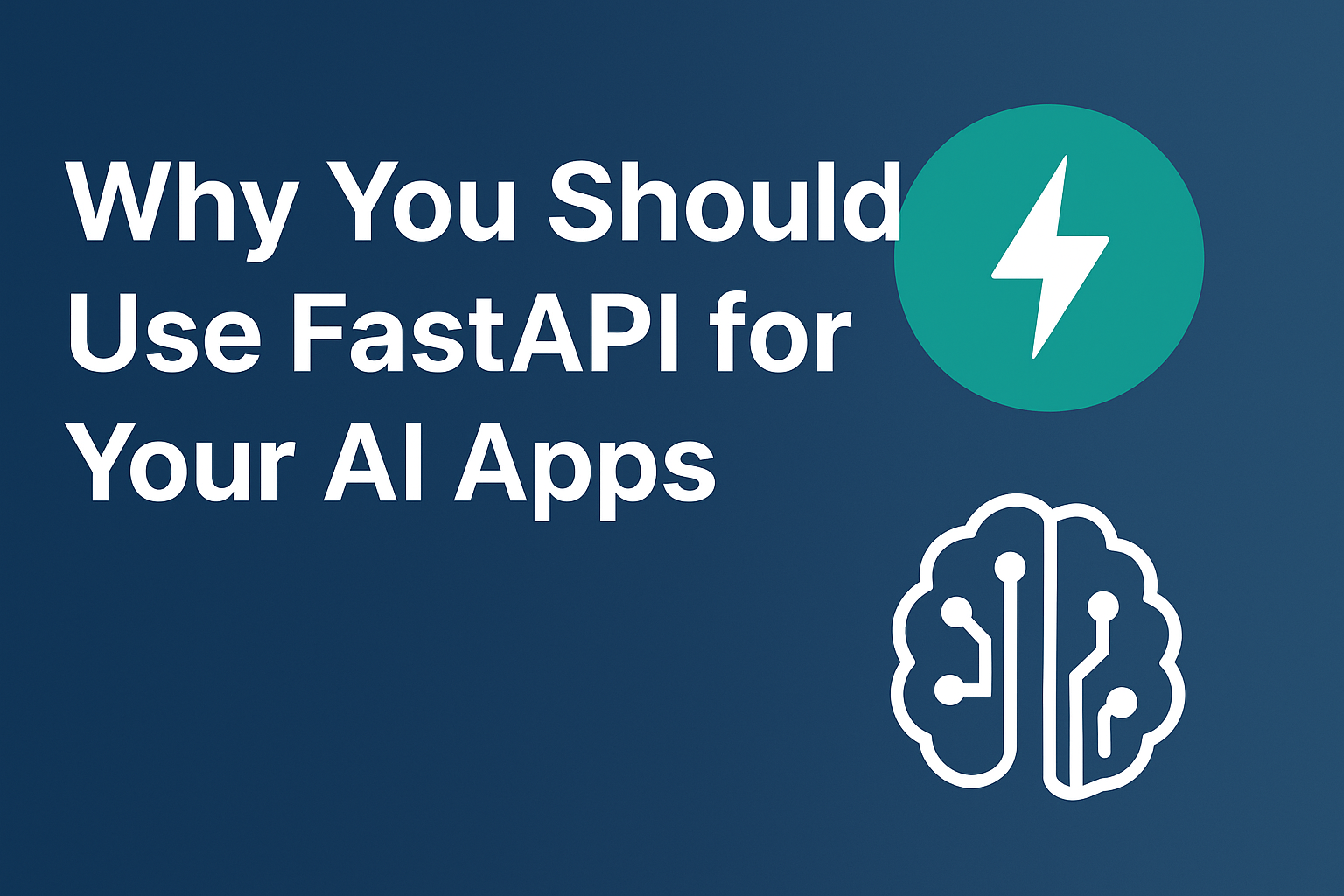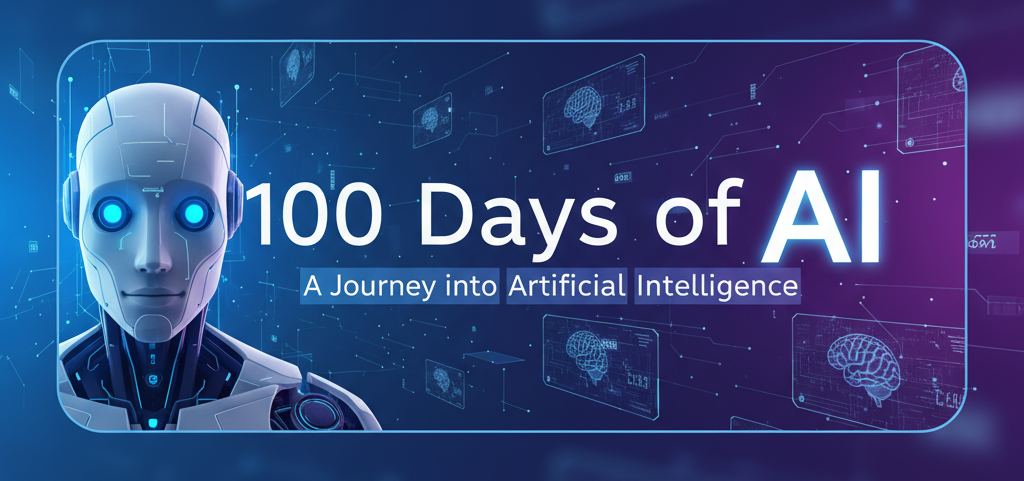If you are building an AI-powered application today, the way you expose your models through APIs can make a big difference in scalability and developer experience. FastAPI has become one of the most popular choices for creating robust, production-ready APIs, especially for AI and LLM-based workloads. It is fast, type-safe, asynchronous, and easy to work with, which makes it ideal for developers who want both speed and clarity. While Flask, Django, BentoML, and Ray Serve are all valid alternatives, FastAPI provides a good balance between simplicity and performance. For enterprise-level applications, however, more powerful frameworks like Ray Serve or BentoML can become crucial because they offer built-in scalability, distributed inference, and orchestration capabilities.
This post reflects my personal opinion and experience, and my understanding might be limited to what I have seen in the community and projects I have worked on.
One of the key reasons FastAPI feels natural for AI development is its asynchronous support. AI systems often depend on I/O-heavy operations, such as calling external APIs, accessing embeddings, or fetching data from vector databases, where async functions can significantly improve throughput. Here is a quick example of how you could stream generated text from an LLM endpoint using FastAPI:
from fastapi import FastAPI
from fastapi.responses import StreamingResponse
import asyncio
app = FastAPI()
async def generate_tokens():
for token in ["Hello", " ", "world", "!"]:
print(f"Sending token: {token}", flush=True) #just for debugging
yield token
await asyncio.sleep(0.2)
@app.get("/stream")
async def stream_response():
return StreamingResponse(generate_tokens(), media_type="text/plain")This example shows why developers prefer FastAPI for chat-based or generative systems. It supports non-blocking streaming by design. With Flask, you can achieve something similar, but it is not async-native and often requires workarounds or threading to handle concurrent requests efficiently.
Another advantage is Pydantic-based validation and documentation. Defining input and output schemas in FastAPI automatically generates OpenAPI documentation and runtime validation. This is very useful when building multi-agent LLM backends or chaining AI tools together because you can clearly define expected request structures and catch errors early. It also makes collaboration with frontend teams and API consumers much easier.
FastAPI also performs well because it runs on top of Starlette, an ASGI framework that handles concurrent requests efficiently. In benchmarks, FastAPI often handles higher concurrency than Flask, especially for I/O-bound tasks. While the performance difference may not be noticeable for GPU or CPU-heavy inference, it still helps when scaling to handle many simultaneous users.
That said, FastAPI is not the only option. Flask is great for quick prototypes or simple AI demos because it is small, synchronous, and easy to deploy. Django with Django REST Framework works well for enterprise apps where authentication, database models, and admin panels are important. BentoML focuses on model packaging and deployment, providing ready-to-use services with minimal setup. Ray Serve is ideal for distributed inference and autoscaling multiple models across clusters, which makes it particularly suitable for enterprise-level AI applications where high concurrency, GPU scaling, and multi-model orchestration are required.
In my experience, FastAPI hits a sweet spot for many AI projects. It is production-ready without being bloated, supports async natively, and fits well with modern AI stacks that use LangChain, LlamaIndex, or Hugging Face Transformers. For enterprise-scale systems where reliability, scalability, and orchestration are critical, combining FastAPI with frameworks like Ray Serve or BentoML can provide the extra power needed to handle high load and complex model pipelines. These insights are based on my personal experience and projects I have worked on, and readers may have different preferences depending on their context, team, and scale requirements.



